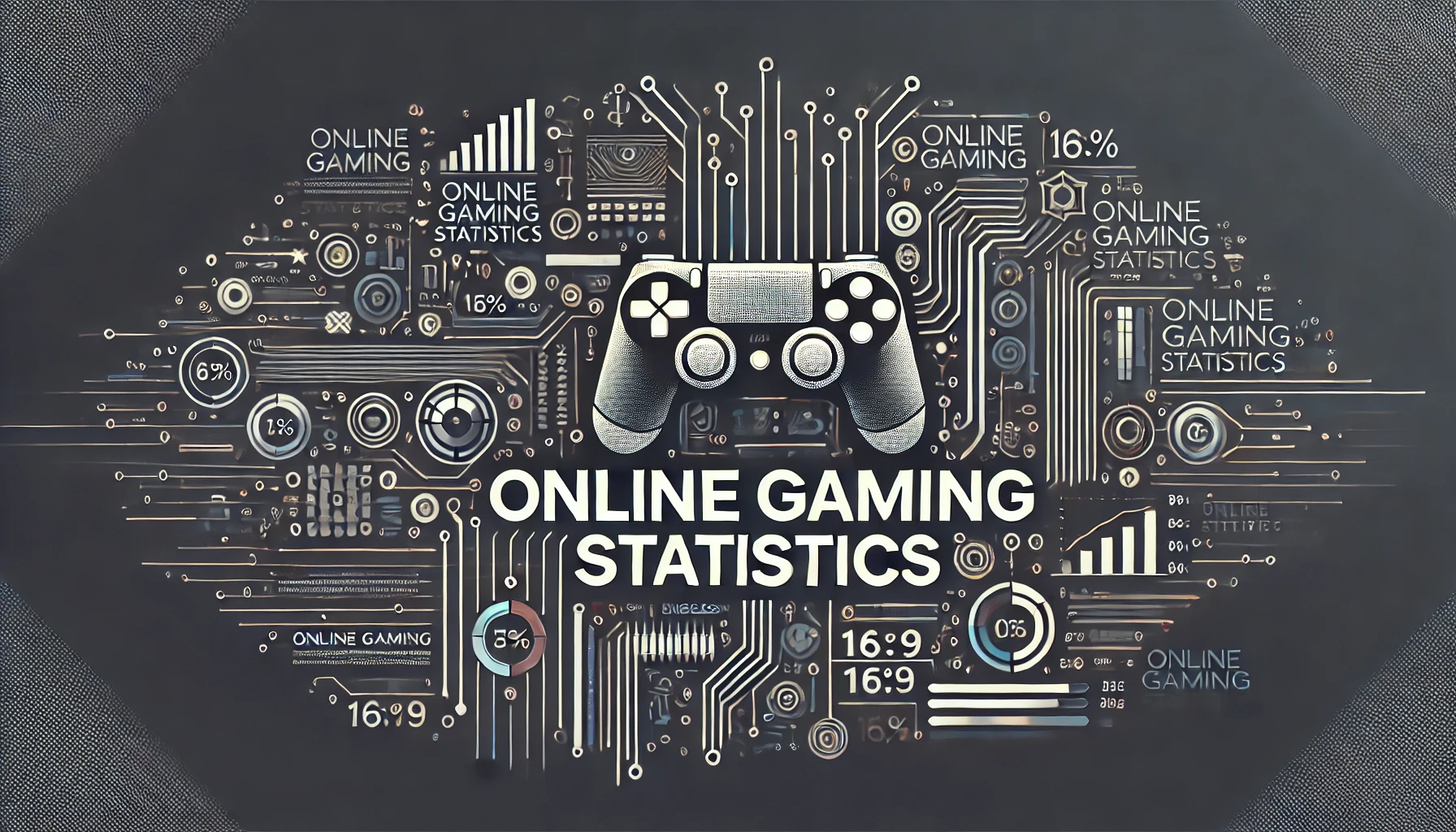WHAT WE HAVE ON THIS PAGE
Introduction
Predictive policing leverages vast amounts of data from various sources, including crime reports and social media activity, to forecast potential criminal activities. This proactive approach utilizes AI algorithms to analyze patterns based on factors like time, location, and even weather conditions, aiming to identify high-risk areas and times for crimes. By focusing law enforcement efforts more accurately, predictive policing helps in allocating resources efficiently, thereby enhancing public safety and preventing crime before it occurs.
Accoridng to Market.us, The global market for AI in predictive policing is projected to undergo substantial growth, with estimates indicating a rise from USD 3.4 billion in 2024 to around USD 157 billion by 2034. This represents a robust compound annual growth rate (CAGR) of 46.7% over the forecast period from 2025 to 2034. In 2024, North America emerged as the leading region in this market, accounting for a significant 46.7% share, which translates to revenue of approximately USD 1.6 billion.
Several key factors drive the expansion of the AI in predictive policing market. These include the growing need for resource optimization within law enforcement, the increasing volume of data that can be used to train AI systems, and significant investments in AI research and development. The technology’s ability to predict and prevent crimes efficiently makes it highly valuable for improving public safety and operational efficiency in policing.
Key Takeaways
- Projected Growth: The market is expected to soar from USD 3.4 billion in 2024 to an astounding USD 157 billion by 2034. This leap translates to a compound annual growth rate (CAGR) of 46.7% from 2025 to 2034.
- Regional Dominance: In 2024, North America held a dominant position, capturing a market share of 46.7%, which equaled about USD 1.6 billion in revenue.
- Solutions Sector: This sector showed significant strength, comprising over 78.5% of the market share in 2024.
- Deployment Preferences: The preference for on-premises deployment was evident, with it accounting for 66.7% of the market during the same period.
- Enterprise Impact: Large enterprises were particularly influential, securing more than 70.7% of the market share.
- Technology Influence: Within the technology segment, Natural Language Processing (NLP) technologies made a significant mark, holding 36.8% of the market share.
- Sector-Specific Influence: The Banking, Financial Services, and Insurance (BFSI) sector was a major contributor, capturing 34.6% of the market.
- U.S. Market Valuation: Specifically, the U.S. market was valued at USD 1.29 billion in 2024, with a projected CAGR of 45.8%.
Analysts’ Viewpoint
The AI in predictive policing market is projected to grow significantly in the coming years, with estimates suggesting a compound annual growth rate of over 20% from 2025 to 2030. One of the emerging trends is the integration of more advanced machine learning models that can adapt to new data more effectively, providing more accurate predictions. Additionally, there’s a growing focus on ethical AI development to mitigate risks related to privacy and bias, which are crucial for maintaining public trust and legal compliance.
Technological advancements are continually reshaping the AI in predictive policing landscape. Innovations such as improved natural language processing capabilities enable systems to analyze unstructured data like social media posts or news articles, enhancing predictive accuracy. Another significant advancement is in edge computing, which allows for faster processing at the source of data collection, crucial for real-time decision-making in law enforcement operations.
Adoption rates for AI in predictive policing are increasing as more law enforcement agencies recognize the benefits of AI-driven strategies. The demand is particularly high in urban areas, where police departments face significant challenges due to higher crime rates and resource constraints. Moreover, the success stories from early adopters, demonstrating significant reductions in crime rates and improved officer deployment, are compelling other agencies to consider these technologies.
Regional Analysis
U.S. AI in Predictive Policing Market
The U.S. market for AI in predictive policing reached a valuation of USD 1.29 billion in 2024, growing at a CAGR of 45.8%. This growth is a testament to several factors that make the United States a leader in this field.
Firstly, the United States boasts a robust technological infrastructure that supports the development and integration of AI technologies. Significant investments in AI research and development have fostered a conducive environment for adopting advanced analytics and AI-driven solutions in law enforcement. This is evident in various applications from facial recognition at public venues to predictive policing tools that analyze crime data to forecast potential criminal activities.
Moreover, there’s a strong legal and policy framework that encourages the use of AI while addressing critical issues like privacy and ethical concerns. The U.S. law enforcement agencies benefit from federal support through grants and initiatives that prioritize public safety technology enhancements. This is complemented by a growing commitment to addressing the ethical implications of AI, with efforts focusing on improving accuracy, fairness, and transparency of AI applications in law enforcement

North America AI in Predictive Policing Market
North America’s dominance in the AI in predictive policing sector, capturing more than 47.5% of the market share and generating revenue of approximately USD 1.6 billion in 2024, can be attributed to several key factors that uniquely position this region as a leader in the field.
First, North America, particularly the United States, has a well-established technological infrastructure that is conducive to the development and rapid adoption of AI technologies. This region is home to many of the world’s leading technology firms that drive innovation in AI applications, including those used in law enforcement. These companies not only push the boundaries of AI but also collaborate closely with governmental and law enforcement agencies, providing the tools necessary for advanced predictive policing efforts.
Moreover, the U.S. benefits from robust federal and state support for law enforcement technology, including significant funding and policy backing that encourages the adoption of AI in public safety operations. Initiatives often focus on enhancing the capabilities of law enforcement through technology, which is reflected in the prioritization of public safety technology enhancements.
Additionally, there is a strong focus on regulatory frameworks and ethical standards in North America, which helps integrate AI applications into law enforcement responsibly. This includes addressing critical issues such as privacy, data integrity, and the potential for biases in AI algorithms, ensuring that the deployment of these technologies is balanced with civil liberties.

Report Segmentation
Offering Analysis
The Solutions segment emerged as a predominant force, securing a substantial 78.5% market share. This dominance underscores the robust demand for advanced predictive solutions that enhance policing capabilities through data-driven insights.
Deployment Mode Analysis
Predominantly, the On-premises deployment mode maintained its leading status, with a commanding 66.7% share of the market. This preference highlights the prioritization of security and control over sensitive data within the predictive policing sphere.
Organization Size Analysis
Large Enterprises have been at the forefront, capturing a major 70.7% share. This indicates their capacity to invest in and integrate sophisticated AI technologies to optimize policing efforts and improve operational efficiencies.

Technology Analysis
Within technological adoption, Natural Language Processing (NLP) held a significant 36.8% market share. NLP’s pivotal role in interpreting and analyzing human language data has proven critical in refining predictive policing methods.
Vertical Analysis
The Banking, Financial Services, and Insurance (BFSI) sector also demonstrated a strong adoption rate, accounting for 34.6% of the market. This adoption is indicative of the increasing reliance on AI-driven solutions to mitigate risks and enhance security protocols within the sector.
Key Market Segments
By Offering
- Solutions
- Financial Analytics
- Risk Analytics
- Marketing Analytics
- Sales Analytics
- Customer Analytics
- Web and Social Media Analytics
- Supply chain Analytics
- Network Analytics
- Services
- Professional Services
- Consulting
- Deployment and Integration
- Support and Maintenance
- Managed Services
- Professional Services
By Deployment Mode
- Cloud
- On-premises
By Organization Size
- Large enterprises
- Small and medium-sized enterprises (SMEs)
By Technology
- Natural Language Processing (NLP)
- Computer Vision
- Machine Learning
- Deep Learning
- Others (Reinforcement Learning, Neural Networks, etc.)
By Vertical
- BFSI
- Manufacturing
- Retail and eCommerce
- Government and Defense
- Healthcare and Life Sciences
- Energy and Utilities
- Telecommunications and IT
- Transportation and Logistics
- Media and Entertainment
- Travel and Hospitality
- Other Verticals
Top Key Players in the Market
- Palantir Technologies Inc.
- Microsoft Corporation
- International Business Machines Corporation (IBM)
- Dataminr
- SoundThinking Inc. (formerly ShotSpotter Inc.)
- Kaseware Inc.
- MIM.ai.
- ThirdEye Labs (acquired by Standard AI)
- Others
ABOUT AUTHOR
Yogesh Shinde is a passionate writer, researcher, and content creator with a keen interest in technology, innovation and industry research. With a background in computer engineering and years of experience in the tech industry. He is committed to delivering accurate and well-researched articles that resonate with readers and provide valuable insights. When not writing, I enjoy reading and can often be found exploring new teaching methods and strategies.










